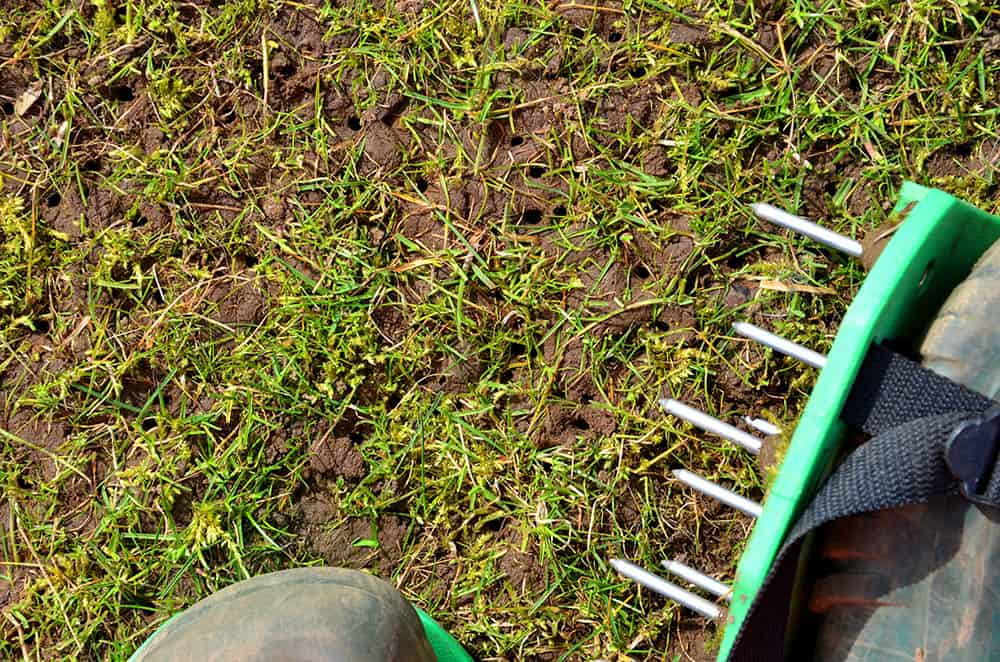Lamb’s ear is a very common plant that can be easily found in most nurseries. It grows well in most soil types and prefers partial shade. The problem with the lamb’s ear is its invasive nature. It’s used for covering large areas or filling in the ground between other plants.
This perennial plant spreads quickly, taking over the garden without you even noticing it until it’s too late. If left to grow on its own, this spreading perennial plant will take over your flower beds and lawns, turning them into an unsightly mess of tall weeds that are impossible to get rid of by hand weeding alone.
To prevent the spread of lamb’s ear, you need to be vigilant with your maintenance routine for your garden area. You’ll want to keep up on regular mowing habits so that there is no room for new seeds from previous seasons’ plants. If you have no experience in caring for this plant then this guide is for you.
Tips for Caring and Controlling Lamb’s Ear
Sunlight
First of all, you should understand that these particular plants do best in full sun. As long as it gets full sunlight and not too much water, it will spread quickly. They may also benefit partially in the shaded area when planted in more desert-like zones.

Image caption: https://www.thespruce.com/
It also does well in poor soil as long as there’s well-draining in the soil and a slightly acidic pH balance. Although it’s a drought-tolerant plant, some leaves may dry up and shrivel over extreme heat, but the plant will survive. Just remove dead leaves to avoid any rotting.
Lamb’s ear is a perennial that spreads very quickly, creating masses of leaves in all directions. This plant has tall stalks that will rise about 2 feet tall and form fluffy, rounded leaves. The entire plant is covered with fibrous hairs growing many inches long. These hairs are soft if you touch them.
Watering
Lamb’s ear plant likes well-draining soil and needs water regularly to keep the soil moist. They will drop their leaves if they don’t get enough water, but this doesn’t mean death.
But too much water will lead to root rot. This drought-tolerant plant will lose older leaves during the dry spell, but that doesn’t mean that you should remove the entire plant leaves. Instead, remove the brown and those unsightly leaves. After all, the plant will survive. Do not water the plant’s overhead as the leaves will rot. Only water lamb’s ear when the entire plant is dying.
The leaves will also develop fungal spots or powdery mildew if they get wet. Be careful with the leaves that are close to the ground as they’re susceptible to rotting and leaf diseases. You can use a fungicide to prevent this from happening. It’s also sensitive to humid conditions, so fungicide will be of great help.
Soil
Lamb’s ear Stachys byzantina thrives in well-drained soil and full sun. Therefore, it is recommended that lamb’s ear planting should be done in a bed with sandy soil and full sun exposure. Providing the ideal conditions will encourage the growth of healthy leaves and allow the new plants to reproduce at a rapid rate. You should also ensure you test the soil pH and ensure it’s slightly acidic because that’s what’s perfect for lamb’s ear growth.
Treat this perennial flower with any care that you would give to other herbs. If you want your lamb’s ears to grow well, water them consistently and make sure they get enough sunlight. Improve the drainage before planting by adding organic matter or sand. If your area is prone to winter weather, plant lamb’s ear in a protected area or provides a thick mulch layer to protect from the cold. Grow lamb’s ear in an area with enough sunlight or part shade.
The Leaves
You’ll fall in love with the texture of the leaves of this plant, which are velvety soft and fuzzy to the touch. The leaves also have a woolly texture and are silver-gray to pale green. The name lamb’s ear originates from its shape as it resembles the ear of a lamb.
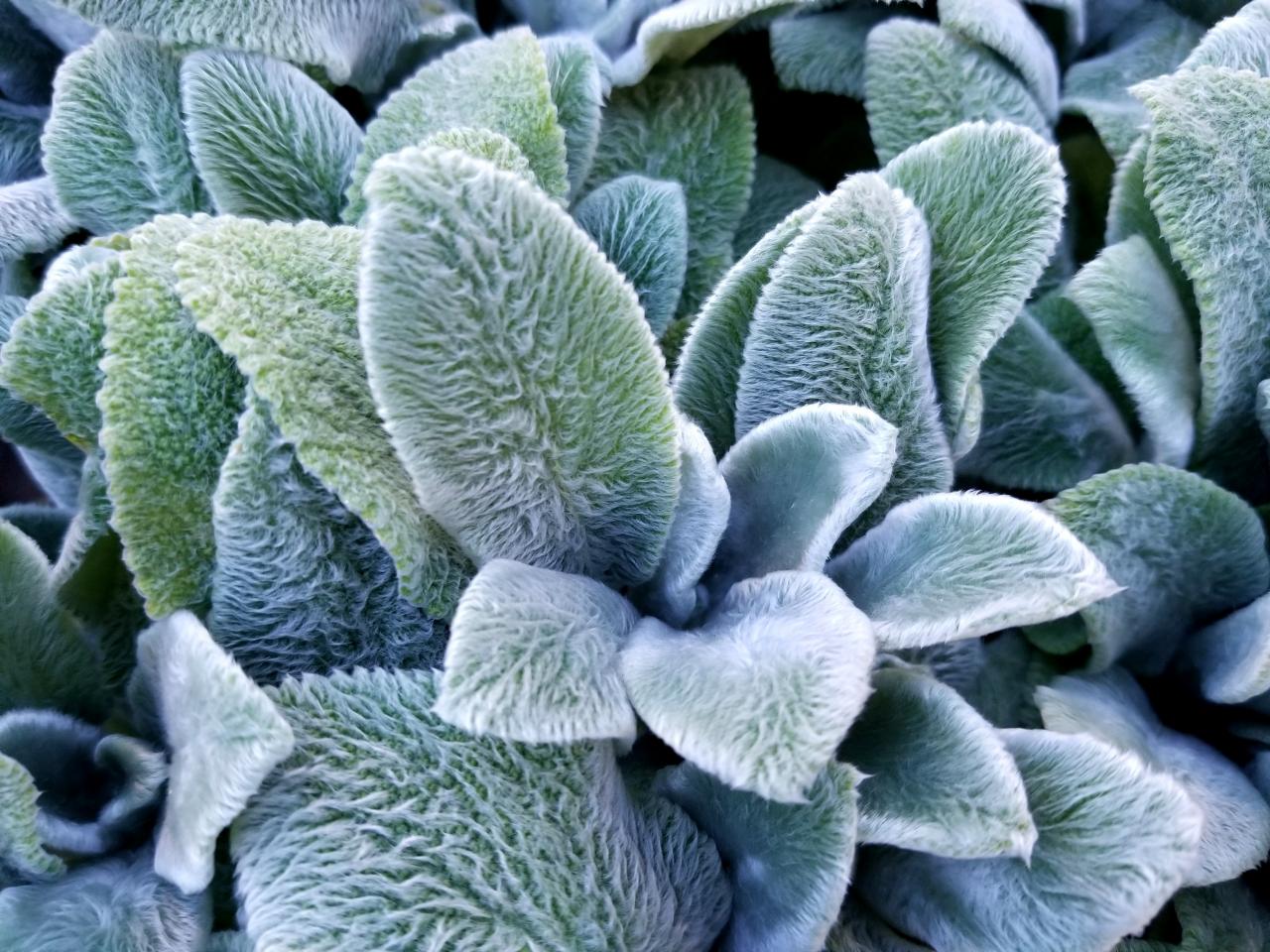
Image caption: https://hgtvhome.sndimg.com/
It always tends to be evergreen, but it can be deciduous in some colder climates. It can look ragged down during dormant months but will do well during the spring. Avoid exposing this plant to humid conditions as it’s susceptible to leaf diseases.
The Flowers
This plant flowers in the late spring and summer months. The flowers are woolly and tiny with a yellowish cast; they also bloom in clusters. Make sure you cut back the creeping stems that are close to the ground level after they flower to make way for new stems and leaves.
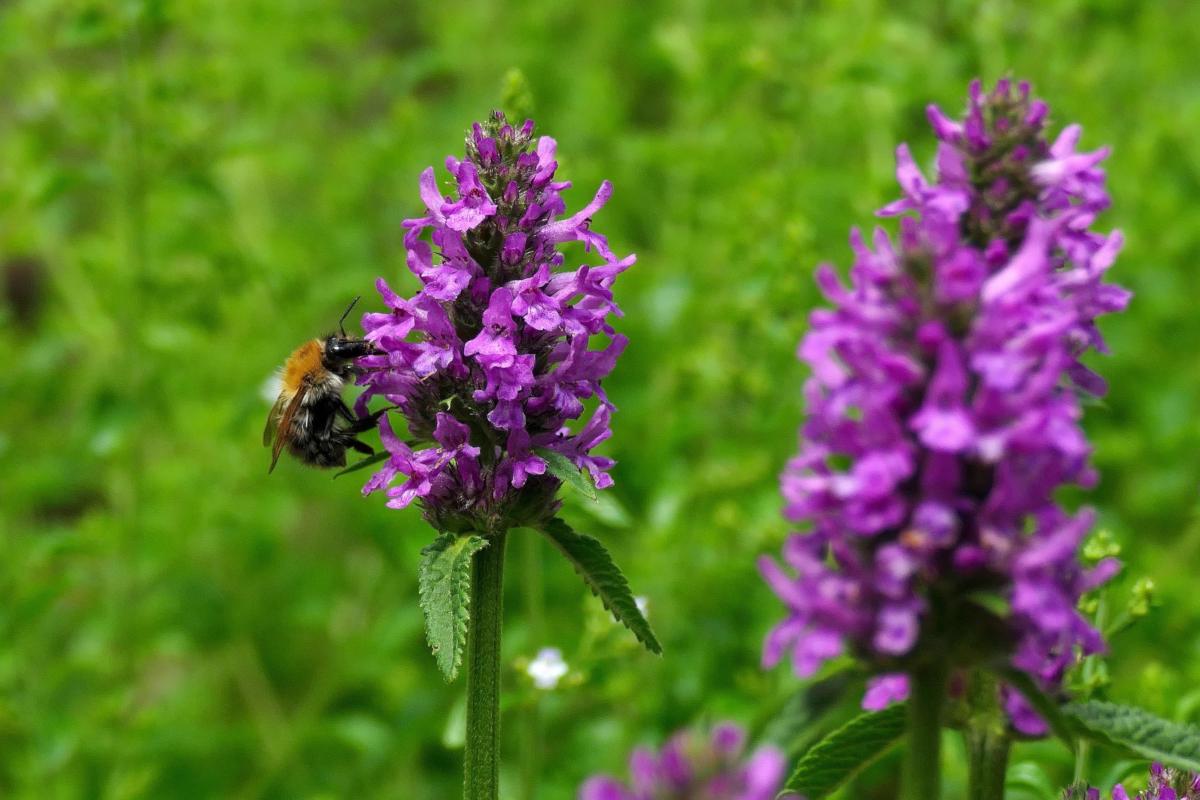
Image caption: https://www.nature-and-garden.com/
The flowers will start as pale green when they are in bud form but turn slightly pink when they are in full bloom.
Propagating Lamb’s Ear
If you want to start a new patch of stachys byzantina, you can dig a new plant created by self-seeding or grow your patches in divisions. Make sure you divide the plant every three to four years in the early spring as the new growth appears. Using a sharp garden shovel, dig the area around the plant until you get enough roots free. Separate the plant into two or three sections and replant it in other areas of the flower bed or lawn.
Give the plant a good pruning close to the crown during the spring to remove dead leaves. Pruning will help the plants to bush out and remain more compact. Add some organic matter to the soil after division to retain moisture and control weed. This plant also grows easily from seed and is self-seeding.
Cold Hardiness
Stachys byzantina is cold hardy in zones four to eight. Growing it in intense heat in the warmer zones can be uphill unless you have afternoon shade in your garden. This plant can withstand a range of temperatures but as a ground cover. Lamb’s ear also comes in several varieties, such as big ears, silver carpets, and cotton boll.
The big ear’s variety is quite popular because of its fuzzy foliage. They’re also good disease resistant as they can go for long without blooming. The silver carpet doesn’t flower quite often, which makes it suitable to use as ground cover.
In cotton bolls, flowers don’t emerge as they should be, leaving most gardeners wondering if it’s alive or dead. Gardeners remove it while thinking it’s dead.
Benefits of Lamb’s Ears Plants
Lamb’s ear is a plant that requires little care and is easy to maintain in the garden. The grey-green hairy leaves and silky white flowers make it appropriate for landscaping in shady areas with poor soil. It has low water requirements, and its lamb’s ears form a boundary between dried-out lawns or walkways and other plants.
Many garden visitors find it attractive. Insects such as butterflies, hummingbirds, hawks, and moths are attracted to the flowers for nectar. However, it’s not popular with rabbits, bees, and squirrels. It’s classified as a herb, hence providing medicinal properties.
FAQs on How to Care and Control Lambs Ear
How do you keep lamb’s ears healthy?
Make sure your plants are in an open sunny spot where they can dry out between watering, and ensure your plant gets at least 6 hours of sun per day. You can also feed your plant with the right manure or fertilizer. Your work will be much easier by learning how to make a composter and coming up with your own manure.
Where can you plant lamb’s ear?
Plant lambs near the base of a tree or near an entryway where people will brush against it and release the fragrance. Make sure it doesn’t get in the way though.
Final Thought on How to Care for and Control Lambs Ear
To get the best of your lamb’s ear, plant it in a sunny location and prune flowers. If you do this you’ll have a fragrant garden border that will bring a touch of light and warmth to your evening strolls.
The post How To Care And Control Lambs Ear appeared first on Kitchen Infinity.
Did you miss our previous article…
https://www.thelavkitchen.com/?p=411

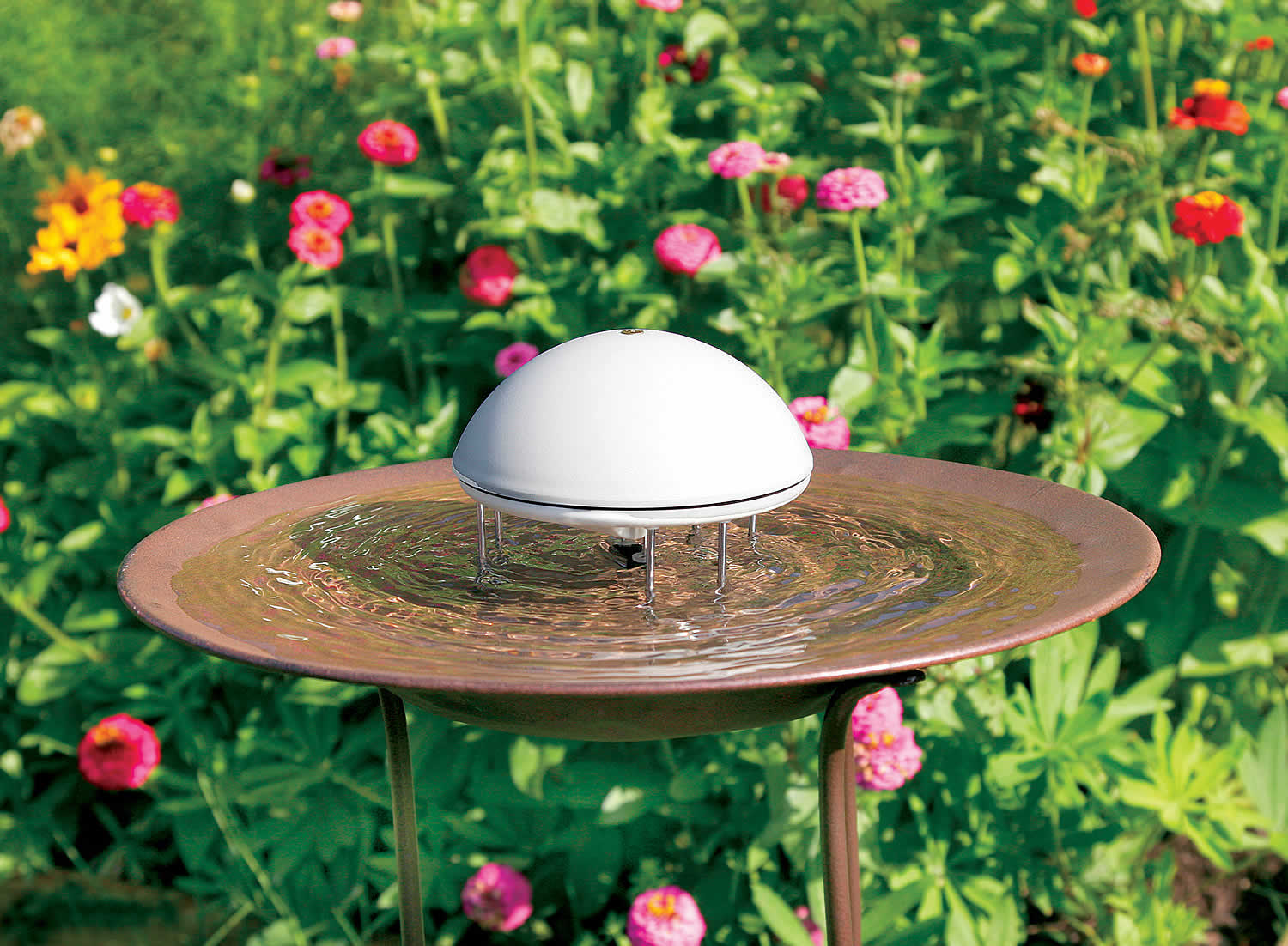

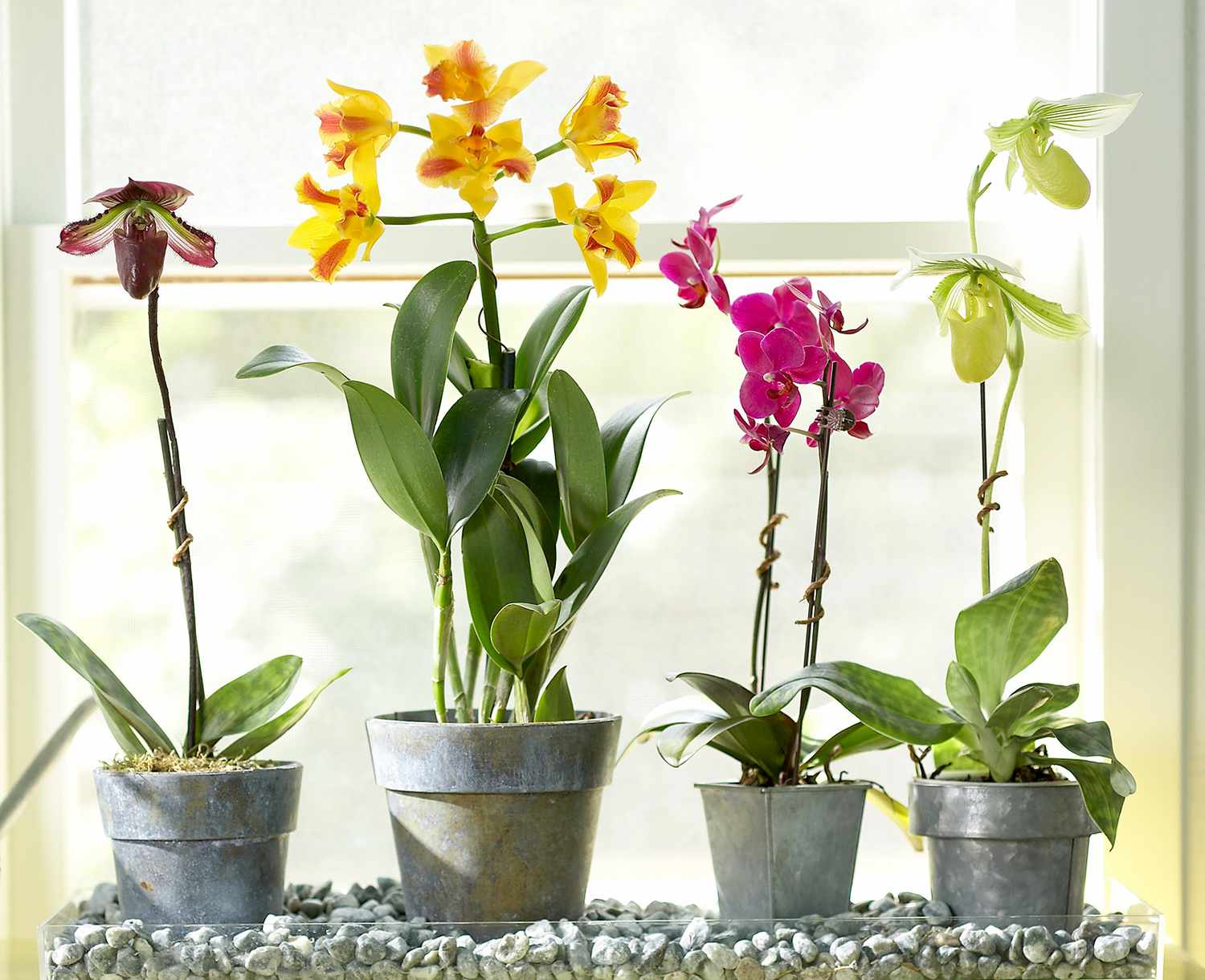
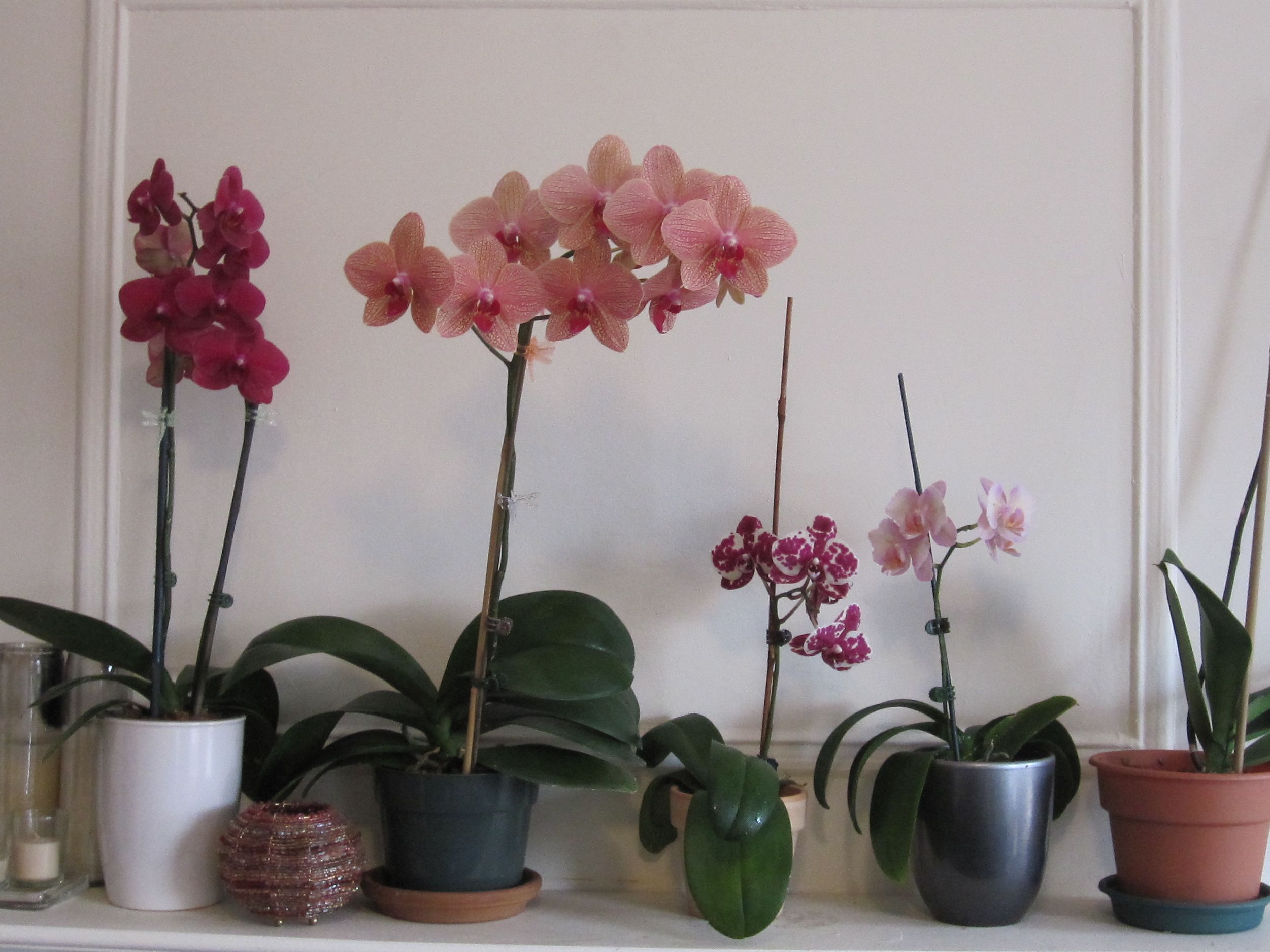
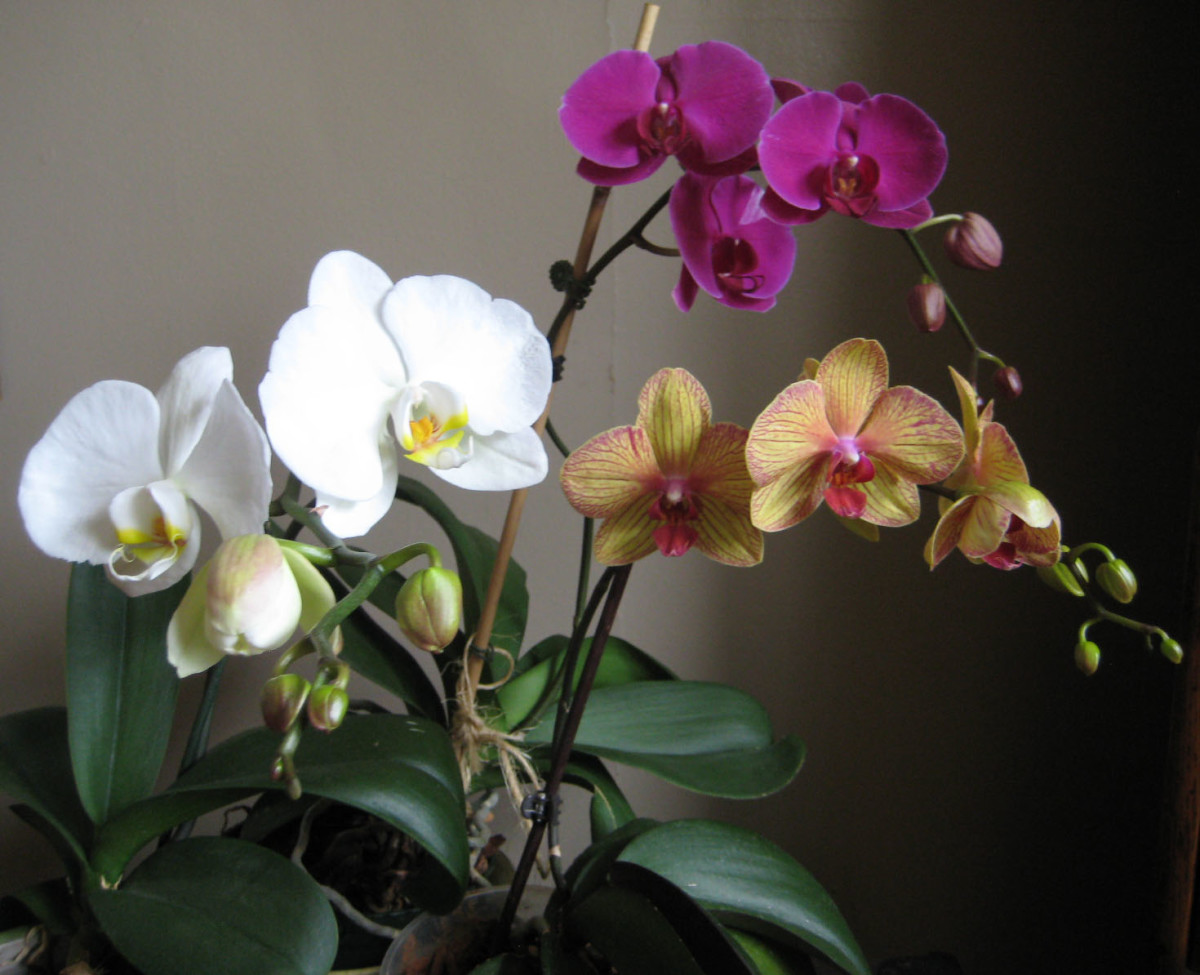


:max_bytes(150000):strip_icc()/cleaning-gas-burners-1900625_05-d1a51f015ed84764b127fc8cfd7ff128.jpg)
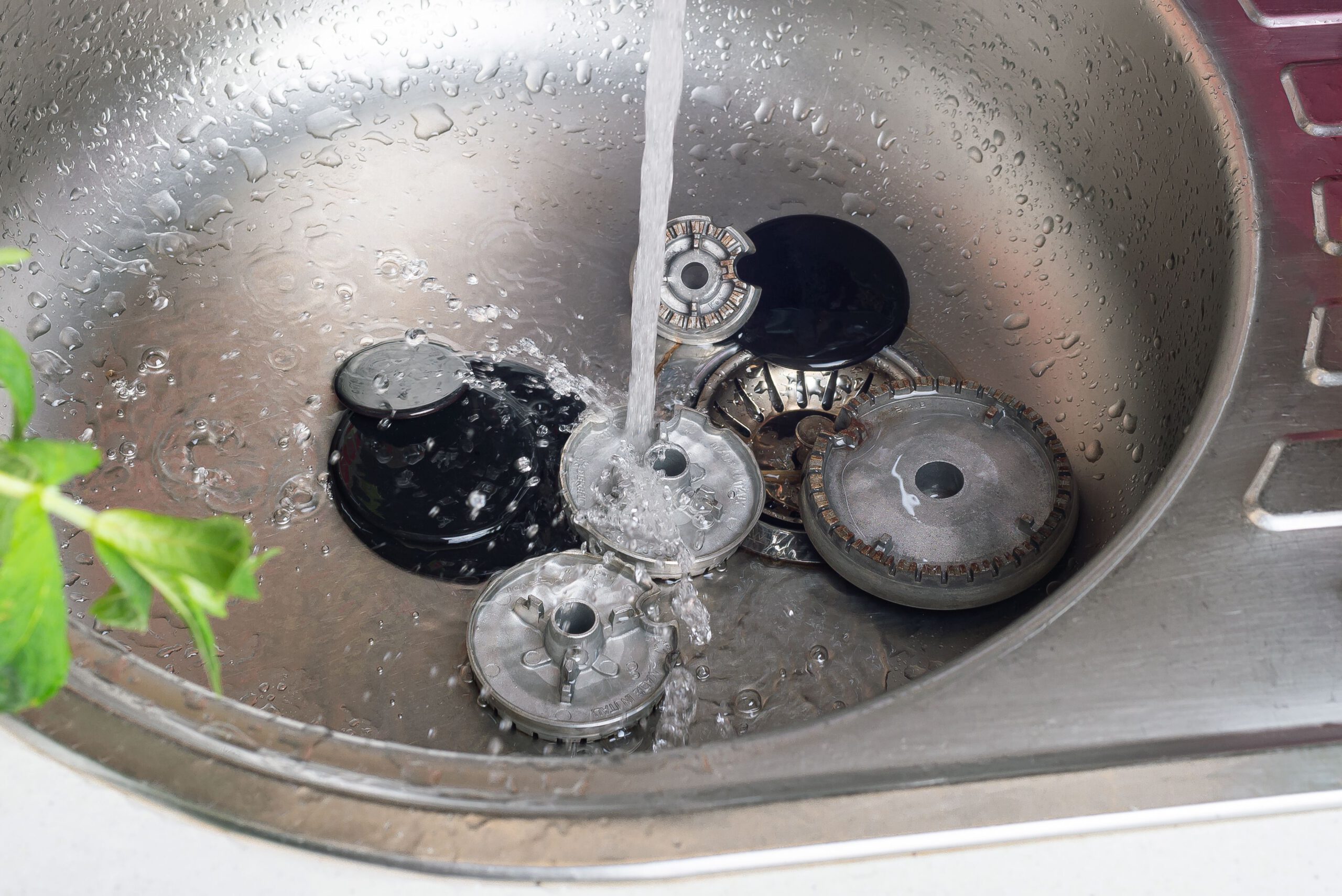
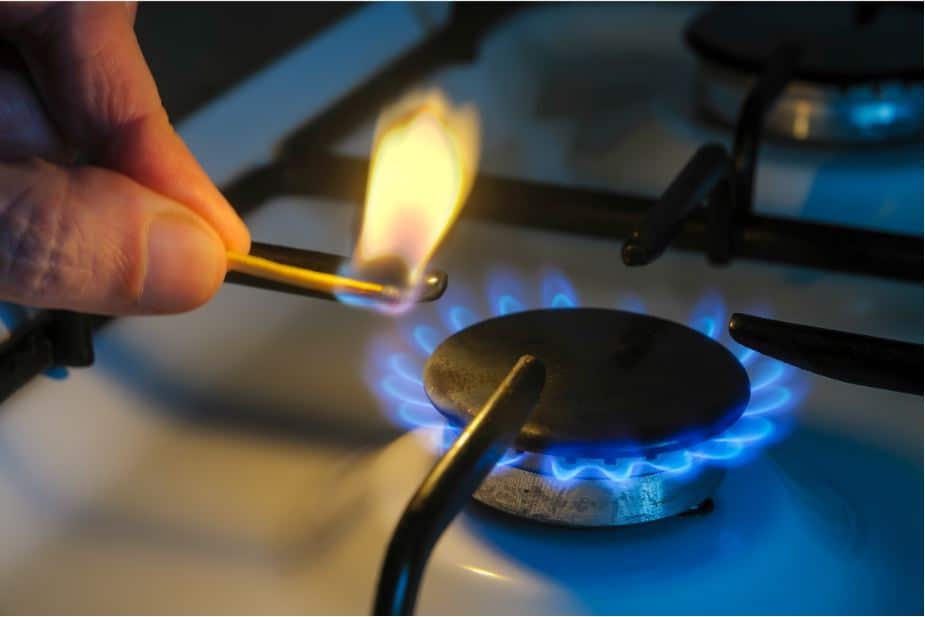
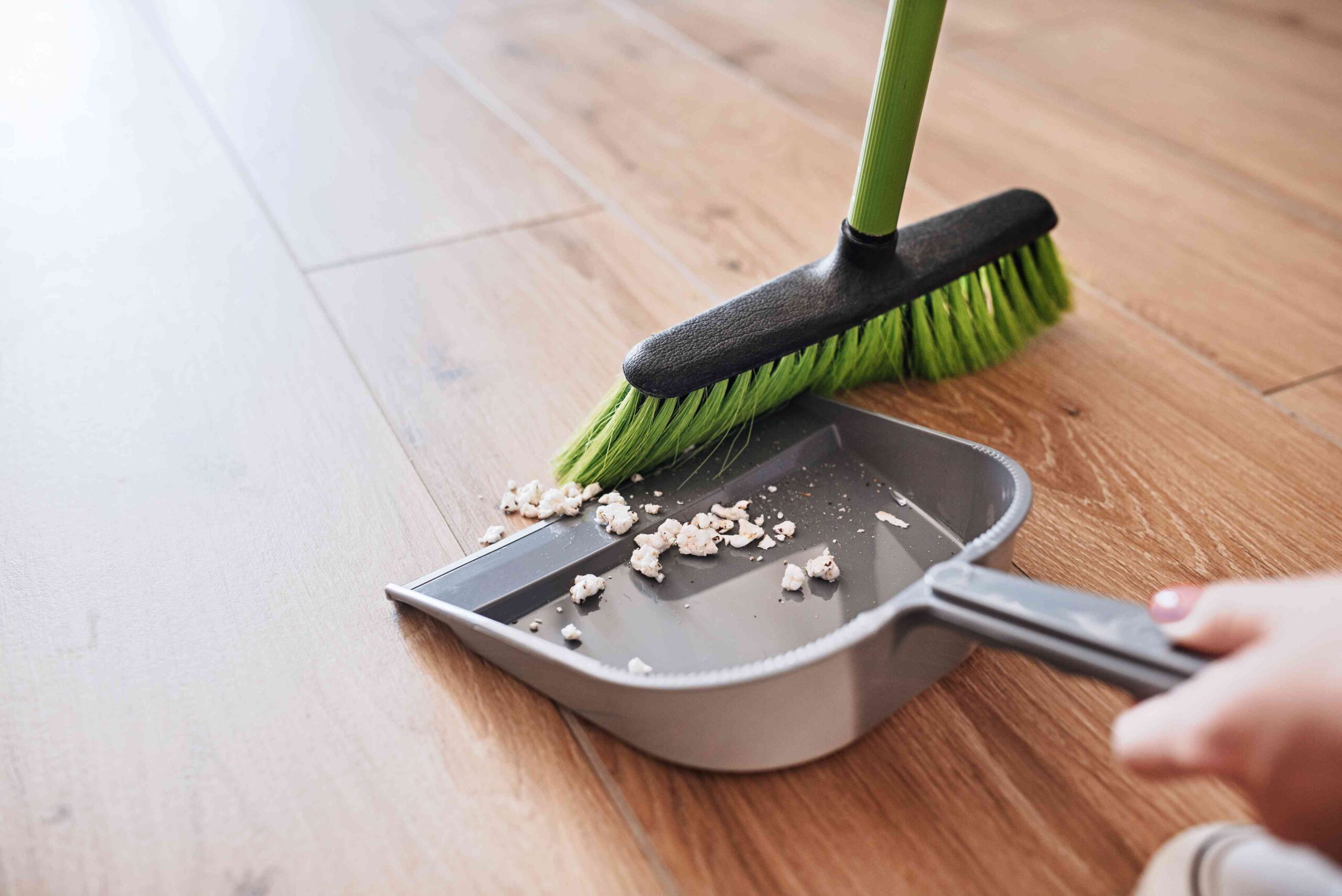

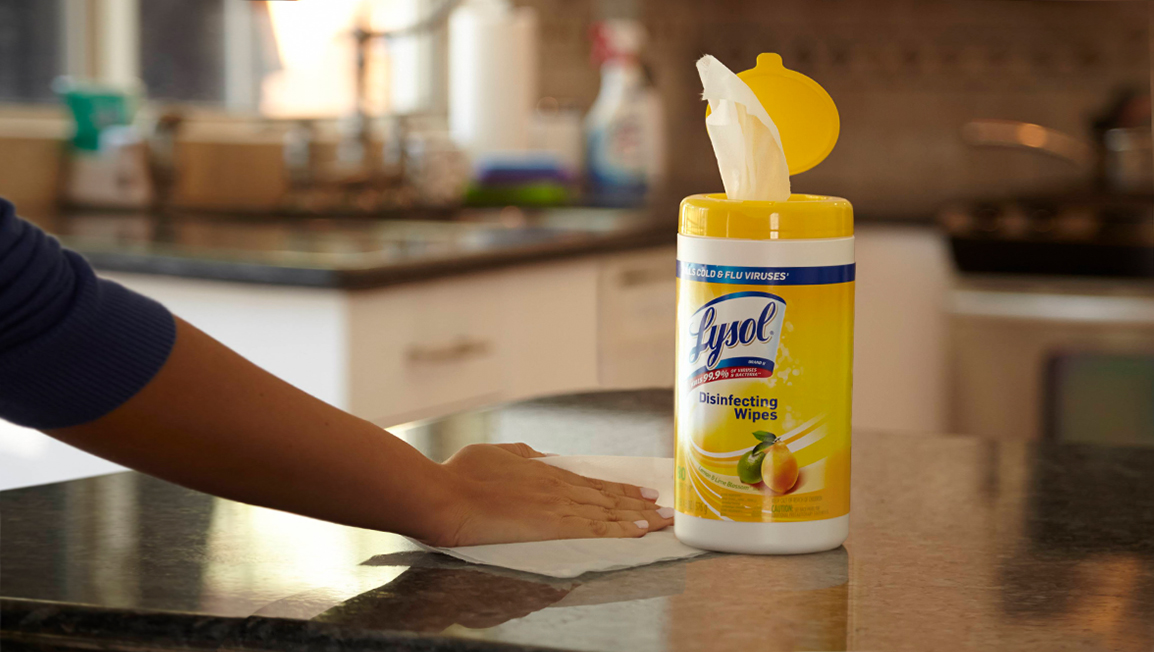
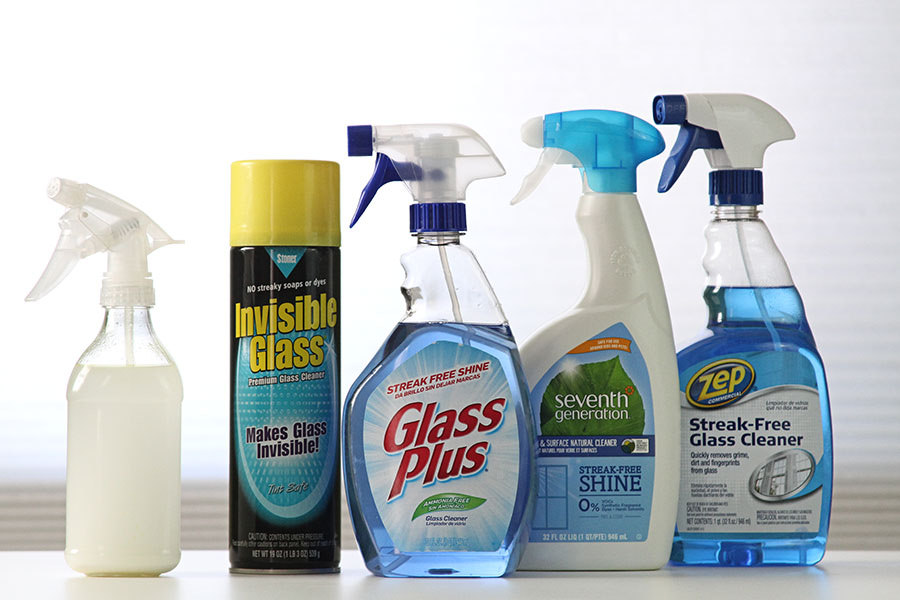
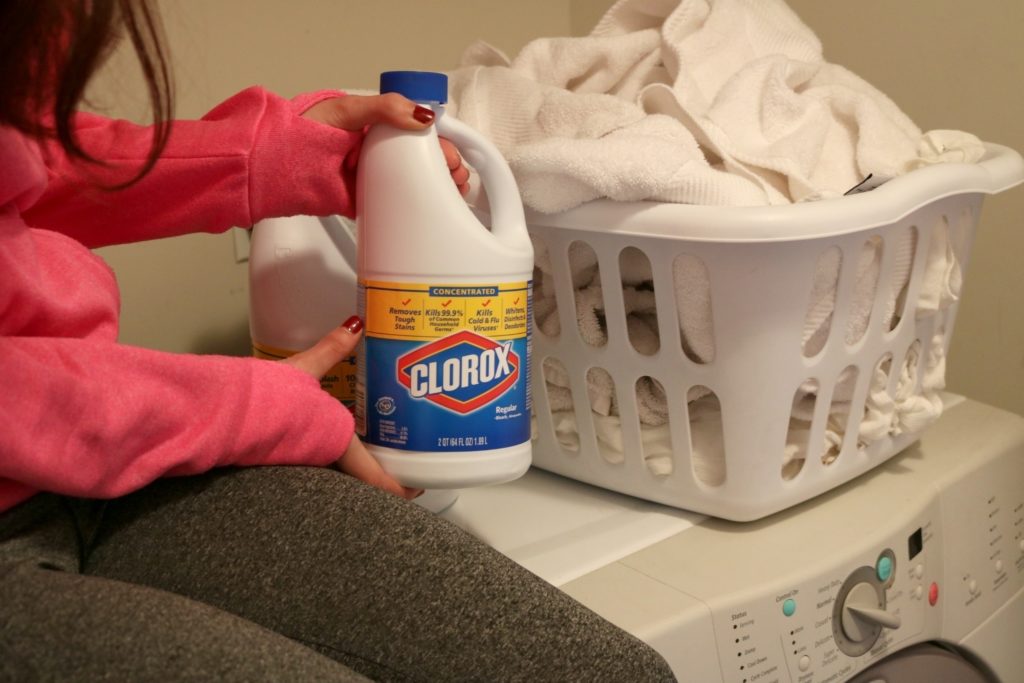

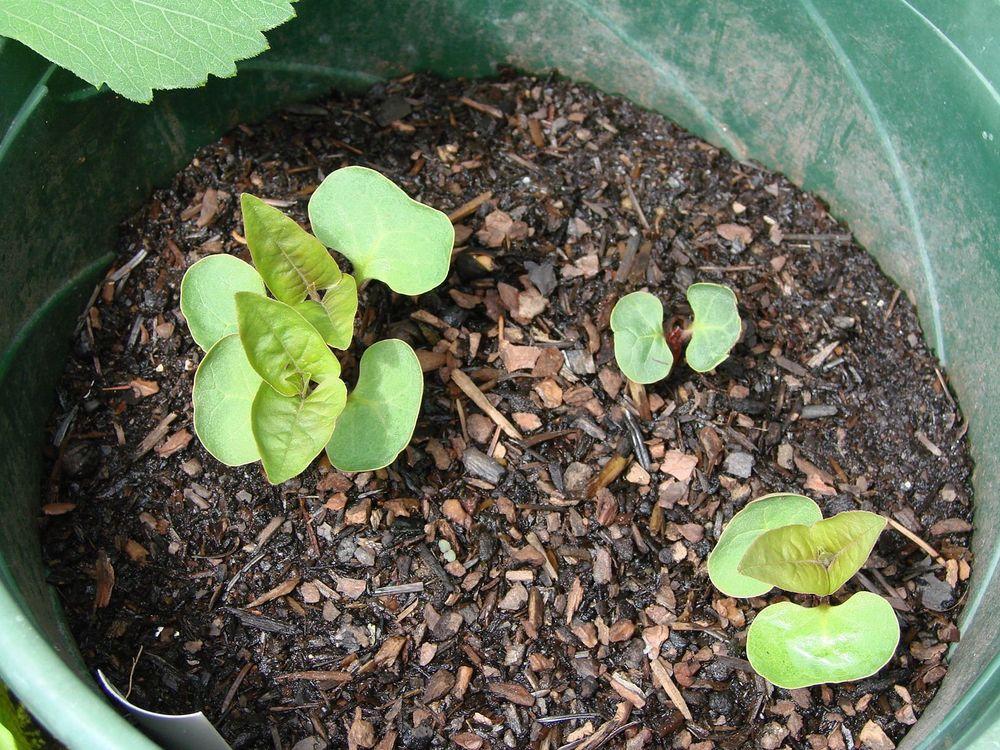
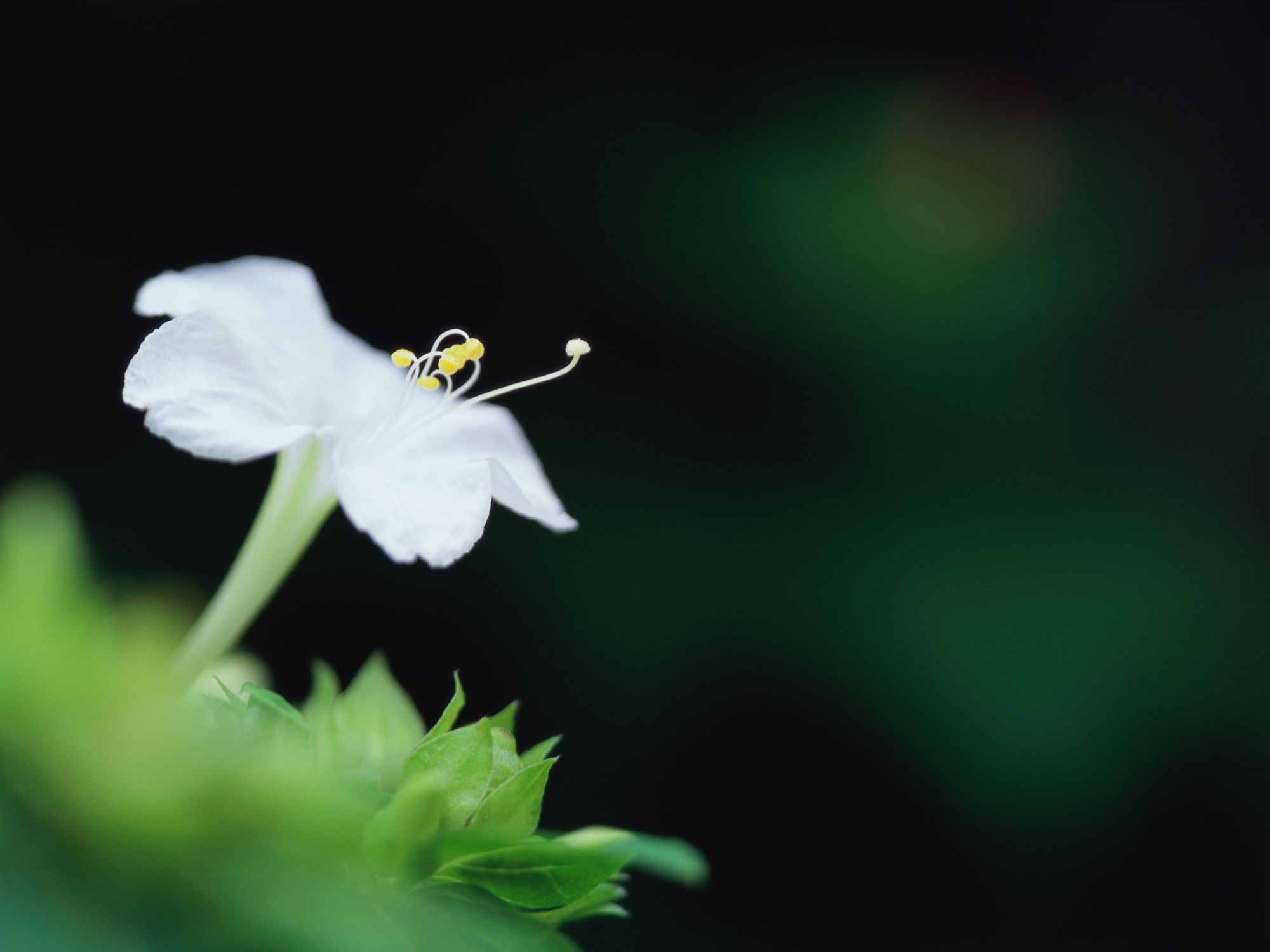


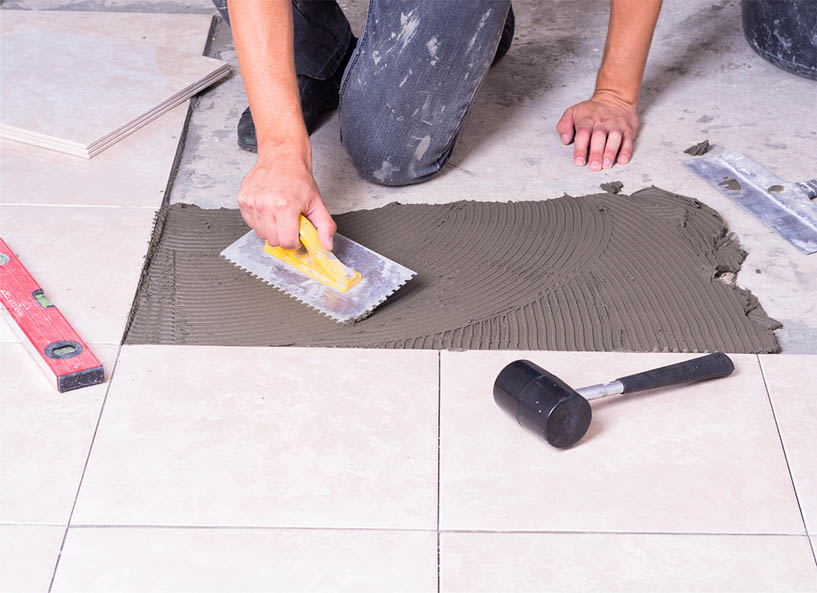

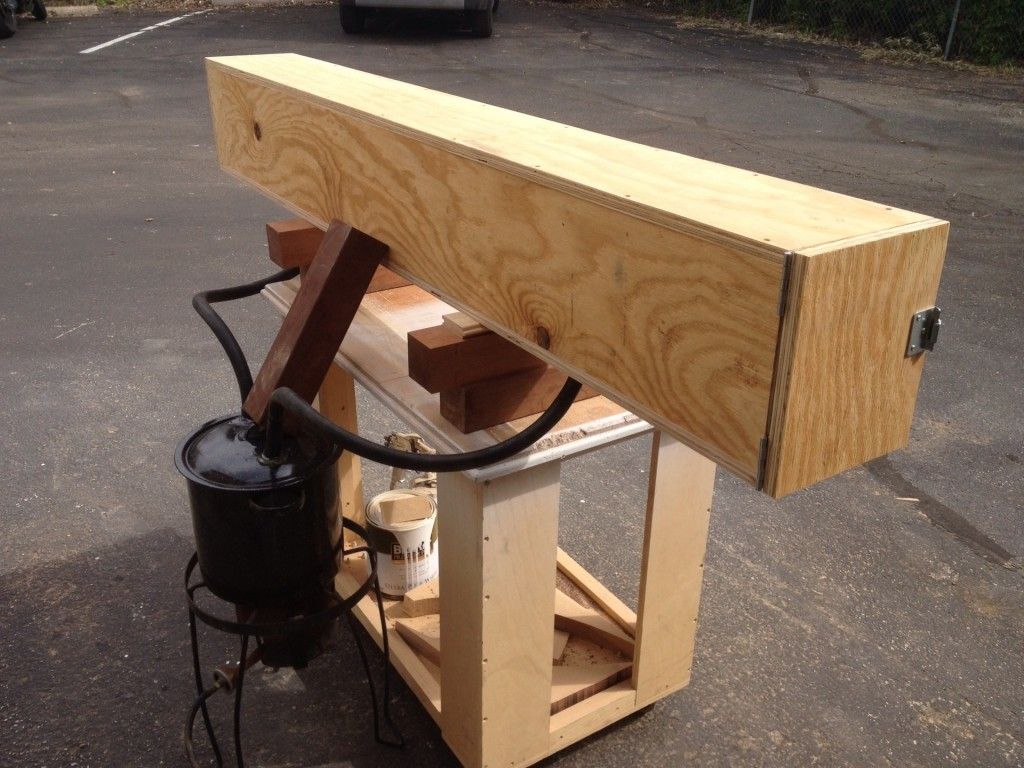
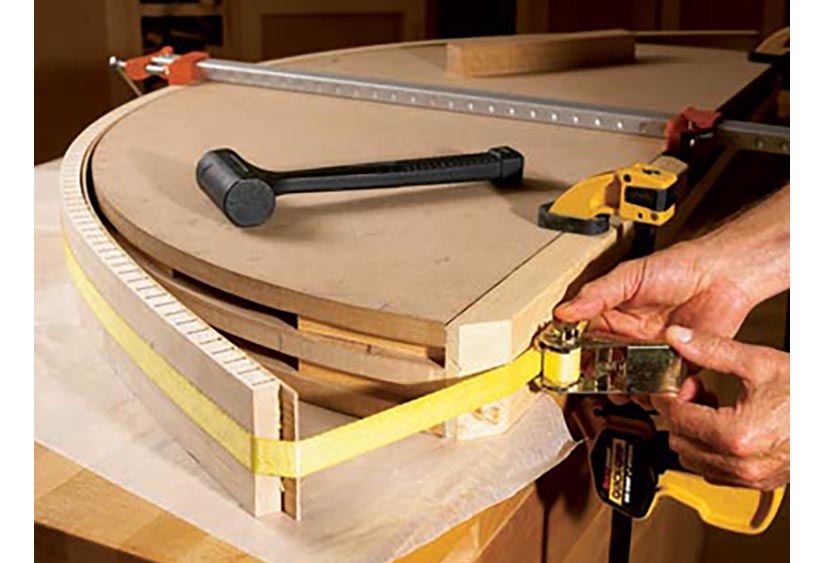


:max_bytes(150000):strip_icc()/types-of-leaf-arrangements-3269814-01-57139cff2faf4acd86c511a2f686faf6.jpg)


